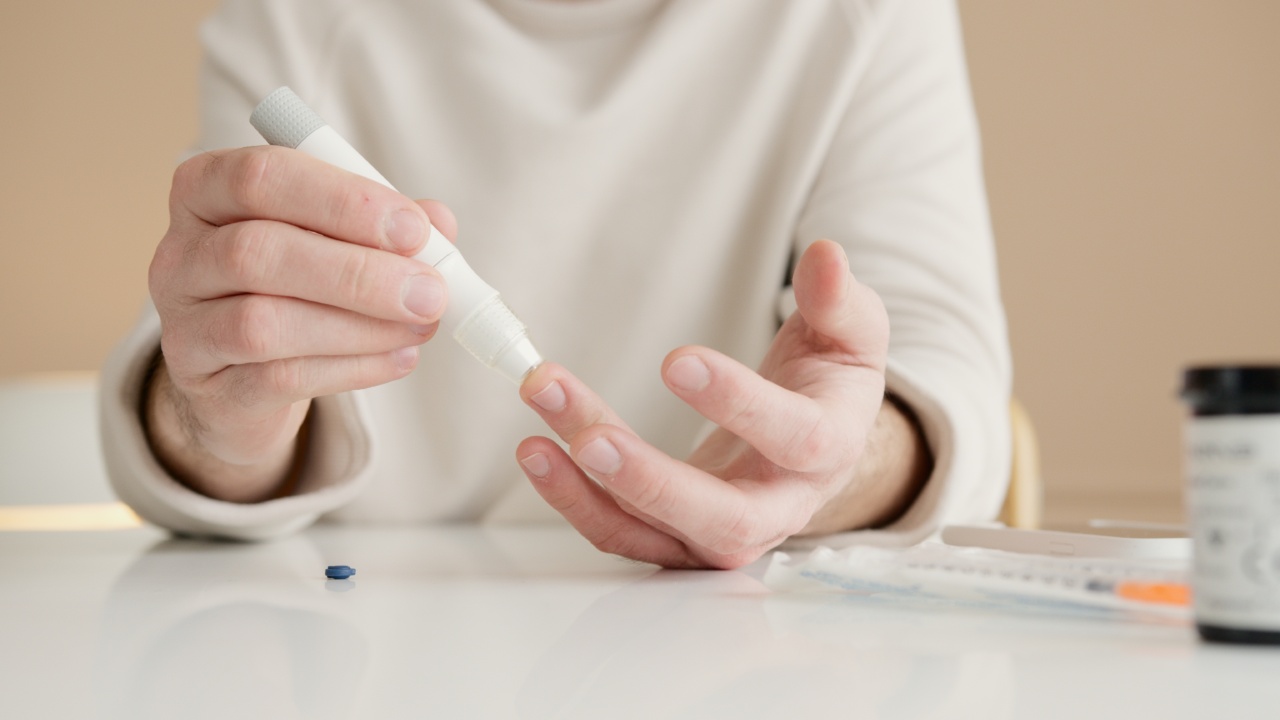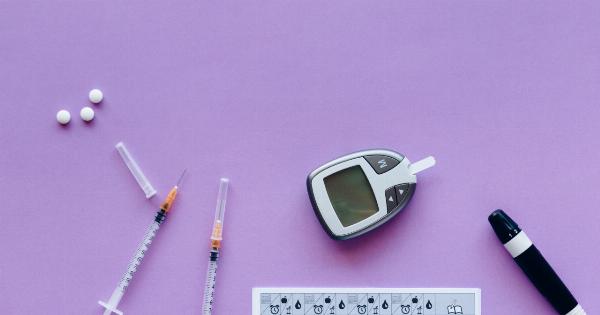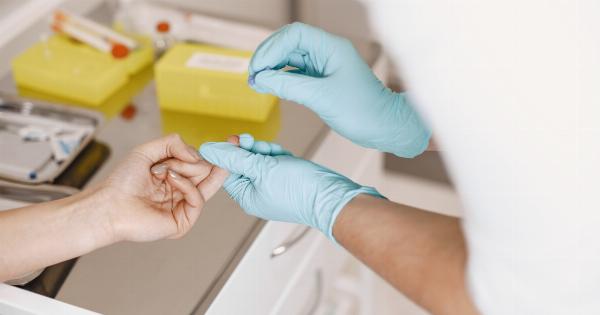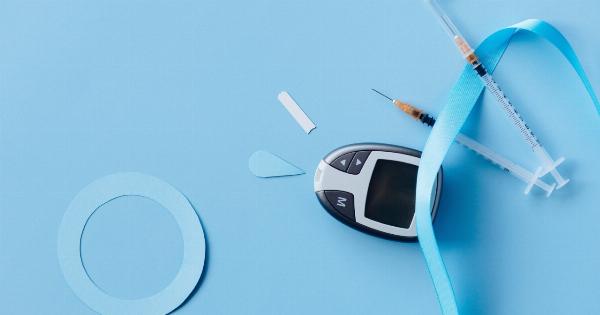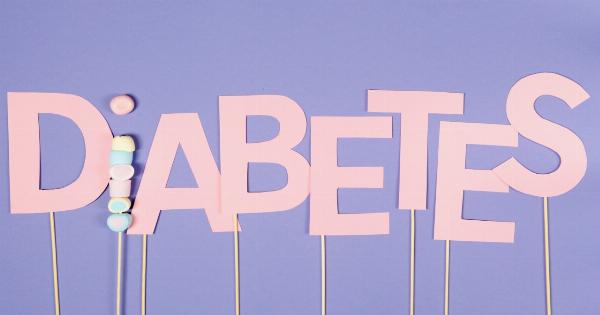Diabetes is a chronic condition wherein the body is unable to properly metabolize glucose. This condition is commonly characterized by the elevation of blood sugar levels beyond normal ranges.
This poses a major threat to the health of the individual, as chronic high levels of glucose in the blood can lead to complications such as nerve damage, kidney damage, cardiovascular disease, and many other health problems. However, proper management of blood sugar levels can reduce these risks.
Measuring Blood Sugar Levels
The cornerstone of diabetes management is accurately measuring blood sugar levels. This can be achieved in several ways, including:.
- Monitoring blood sugar with a urine test
- Monitoring blood sugar with a finger prick
- Measuring glucose levels with a continuous glucose monitor (CGM)
The traditional method of monitoring blood sugar levels involves using a finger prick to measure the amount of glucose in the blood. This method is considered to be the most accurate, as it provides real-time readings of blood sugar levels.
However, it requires pricking the finger with a small needle, which can be painful for some individuals.
The Pain of Finger Pricks
The pain associated with finger prick testing can be a deterrent for some diabetics. The fear of pain can lead to anxiety and avoidance of necessary blood sugar testing.
It is important to note, however, that regular blood sugar testing is necessary for the proper management of diabetes.
The pain associated with finger pricks can be attributed to the nerve endings that are present in the fingertips. When a needle is used to puncture the skin, it triggers the nerve endings, causing pain.
This pain can be exacerbated by the repeated use of finger pricks, as the nerve endings become sensitized over time.
Alternative Methods of Blood Sugar Measurement
For individuals who find the pain associated with finger pricks to be too great, alternative methods of blood sugar measurement exist.
Continuous Glucose Monitoring
A continuous glucose monitor (CGM) is a small device that is attached to the skin. It measures glucose levels in the interstitial fluid that surrounds the cells.
This method does not involve pricking the skin, making it less painful than traditional finger prick testing. The CGM provides continuous information about blood sugar levels, allowing individuals to track changes in glucose levels and adjust their treatment plan accordingly.
Non-Invasive Blood Sugar Monitoring
Scientists are currently working on developing non-invasive methods of blood sugar monitoring. These methods involve using light, sound waves, or electrical currents to measure glucose levels without the need for a needle to puncture the skin.
Although these methods are not yet widely available, they hold promise for the future of diabetes management.
Painless Finger Pricks
For individuals who prefer the accuracy of traditional finger prick testing but want to avoid the pain associated with it, there is a solution: piercing pain technology.
What is Piercing Pain Technology?
Piercing pain technology is a new development in the field of diabetes management. It is a method of blood sugar monitoring that uses a tiny needle to pierce the skin.
However, the needle is so small that it does not trigger the nerve endings, making it virtually painless. This method provides the accuracy of traditional finger prick testing without the associated pain.
How Does Piercing Pain Technology Work?
Piercing pain technology works by using a needle that is so small that it does not trigger the nerve endings. The needle is inserted into the skin at a 90-degree angle, causing minimal pain. The blood is then drawn into a small container for analysis.
Advantages of Piercing Pain Technology
Piercing pain technology offers several advantages over traditional finger prick testing:.
- Less pain
- More accurate readings
- Less tissue damage
- Less scarring
Why Choose Piercing Pain Technology?
The advantages of piercing pain technology make it an attractive option for diabetics who want to avoid the pain associated with traditional finger prick testing. This method provides accurate readings without causing tissue damage or scarring.
Limitations of Piercing Pain Technology
Although piercing pain technology is a promising new development, it is not yet widely available. Additionally, this method is not covered by all insurance plans, and it may be more expensive than traditional blood sugar monitoring methods.
Conclusion
Diabetes management requires regular monitoring of blood sugar levels. Traditional finger prick testing can be painful for some individuals, leading to anxiety and avoidance of necessary blood sugar testing.
Alternative methods of blood sugar monitoring exist, including continuous glucose monitoring and non-invasive blood sugar monitoring. However, these methods may not be as accurate as traditional finger prick testing. Piercing pain technology offers a solution for individuals who want the accuracy of traditional finger prick testing without the associated pain.
Although this method is not yet widely available, it holds promise for the future of diabetes management.
